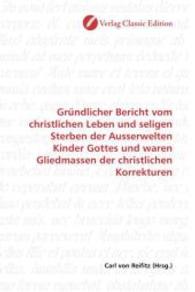Full Description
This book shows how media literacy can improve the health of communication ecosystems amid information disorder. It makes the case for media literacy as a human right and a foundation for civic resilience and curates research and best practices to show how media literacy can counter misinformation, support public health, and prepare society for challenges like pandemics and AI. The book is structured around a theory of change with four interconnected media literacy domains: Access (how and where we engage with media), Awareness (critical understanding of media), Capability (life skills for education, employment, civic and digital participation), and Consequences (taking actions with media literacy that improve communication ecosystems for everybody). It includes six chapters and an introduction, presenting a comprehensive field review which maps 400 projects from all over the world to the theory of change, concluding with a forward-looking chapter on the possible healthier future. Ideal for educators, academics and researchers, librarians, activists, journalists, policymakers, and health professionals, this book offers a timely, actionable vision for strengthening media literacy and building more resilient, informed communities.
Contents
Introduction Claim Less, Change More.- 1. The Communication Ecosystem.- 2. The Toxic Communication Ecosystem.-3. The Healthy Communication Ecosystem.-4. What do we Think about when we Talk about Media Literacy?.-5. A Theory of Change for Media Literacy.-6. Pilot Reviews.-7. What Difference does Media Literacy make to Access?.-8. What difference does Media Literacy make to Awareness?.-9. The Uses of Media Literacy: Capability.-10. So What Difference Does it Make? The Consequences of Media Literacy.








